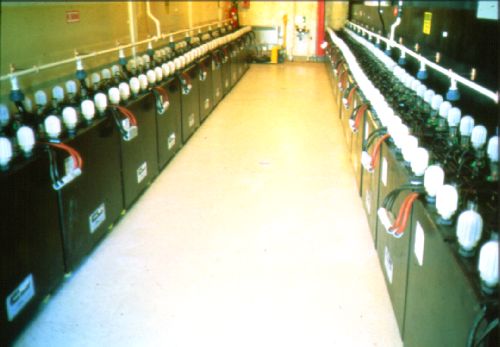Batteries are used in combination, and the basic method of combination has two structures: parallel and series. The laboratory life of a battery is the data provided by the inspection department, and the value of this quantity is often far from the value shown in actual use. Although there are many reasons for this situation, the basic factors are common. This article will analyze these factors. Propose measures to give full play to the use value of batteries.

The concept of single cell and battery pack
The batteries manufactured by the battery factory are all battery cell or single battery. A battery cell is a battery with the smallest independent electrochemical voltage unit. The alkaline nickel-cadmium battery is 1V per cell, the lead-acid battery is a cell of 2V, the lithium iron phosphate battery is 3V, and the lithium manganate battery is 3.6V. In low-power supply, a battery cell is often used, such as mobile phones and household flashlights, which are powered by a single lithium battery. In many cases, batteries must be combined into large-capacity, high-voltage battery packs to meet the needs of the equipment. For example, the 12V batteries used for starting gasoline vehicles, the 48V battery packs used in communication base stations, the 96V battery packs used on railway locomotives, and the 144~288V battery packs used on electric vehicles are all composed of single batteries in series.
Internal structure of a single battery with a larger capacity is connected in parallel to produce a larger capacity. The plates of lead-acid batteries for automobiles, each 15Ah, are connected in parallel to form a series of batteries with 15Ah as the step. The soft packs of lithium batteries are similar to the plates of lead-acid batteries. Each pack of 20Ah can form a series of batteries with 20Ah as the step. Using a combination of 2Ah cylindrical batteries such as 18650, in theory, a single battery of any large capacity can be obtained in parallel.

In actual use, there are two problems that are often misunderstood by users. One is that the battery life published by the battery factory and specified in the national standard refers to the life of a single battery, not the life of a battery pack. The second is the lower limit of the capacity of the battery to be scrapped. The practice of the battery industry is to terminate the test until the structural capacity is reduced to 80% of the nominal capacity in the cycle test. The battery industry is used to providing this data to users. Many users mistakenly believe that this value is the use of obsolete standards. In many industries, this data is still used. In fact, according to the different conditions of use, the reasonable scrapping standards will vary greatly among users.
In mechanical mechanisms, paralleling can increase reliability. In battery packs, many people think the same is true, but in fact the opposite is true. Regardless of whether it is a series battery or a parallel battery group, the reliability is lower than that of a single battery. This is the “group effect” of the battery.
Lithium iron battery supports high current discharge, the standard discharge current is 3-5C, high current continuous discharge supports 10c, and the instantaneous discharge current can reach more than 20C. This is why a small power bank can start the car. For example, a lithium iron battery with a capacity of 12V8ah can easily reach more than 160A when discharged at a current of 20C! The lithium iron battery with a capacity of 20ah can reach an instantaneous starting current of more than 400 amps, and there is no pressure to start the car.
